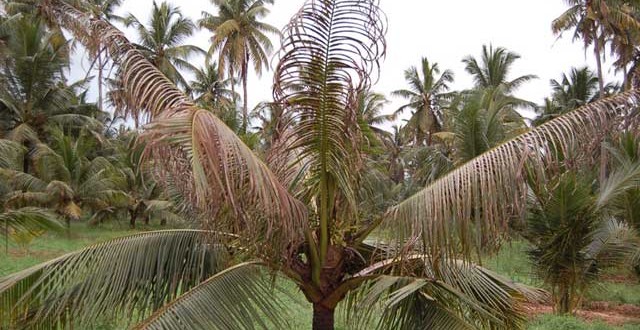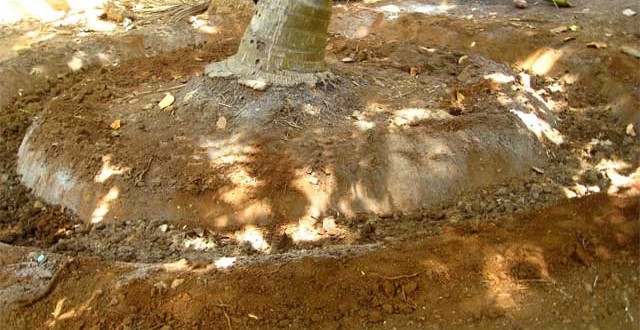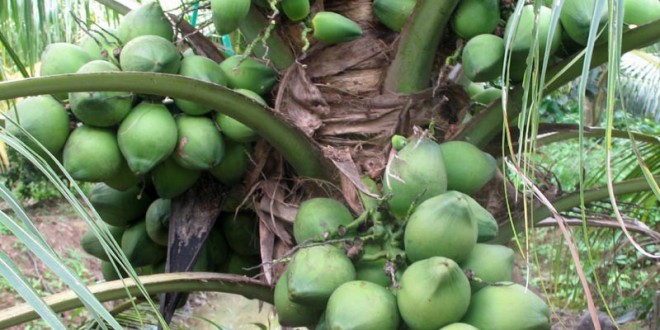Silviculture is the practice of controlling the establishment, growth, composition, health, and quality of forests to meet diverse needs and values. The name comes from the Latin silvi- (forest) + culture (as in growing). The study of forests and woods is termed silvology. To some the distinction between forestry and silviculture is that silviculture is applied at the stand level and forestry is broader. For example John D. Matthews says “complete regimes for regenerating, tending, and harvesting forests” are called “silvicultural systems”. So active management is required for silviculture. Whereas forestry can be natural, conserved land without a stand level treatment being applied. A common taxonomy divides silviculture into regenerating, tending and harvesting techniques. Regeneration Forest regeneration is the act of renewing tree cover by establishing young trees, generally promptly after the previous stand or forest has been removed. The method, species, and density are chosen to meet the goal of the landowner. It maybe divided into natural regeneration: “Human-assisted natural regeneration” means establishment of a forest age class from natural seeding or sprouting in an area after harvesting in that area through selection cutting, shelter (or seed-tree) harvest, soil preparation, or restricting the size of a clear-cut stand to secure natural regeneration from the surrounding trees. and artificial regeneration. Tree provenance is important in artificial regeneration. Good provenance takes into account suitable tree genetics and a good environmental fit for planted / seeded trees in a forest stand. The wrong phenotype can lead to failed regeneration, or poor trees that are prone to pathogens and undesired outcomes. Whichever method is chosen it can be assisted by tending techniques also known as Intermediate stand treatments. Tending Enrichment planting This means increasing the planting density (i.e., the numbers of plants per hectare) in an already growing forest stand.” Release treatments Weeding: …
Read More » Karshika Keralam – A site for Agricultural Enthusiasts
Karshika Keralam – A site for Agricultural Enthusiasts



